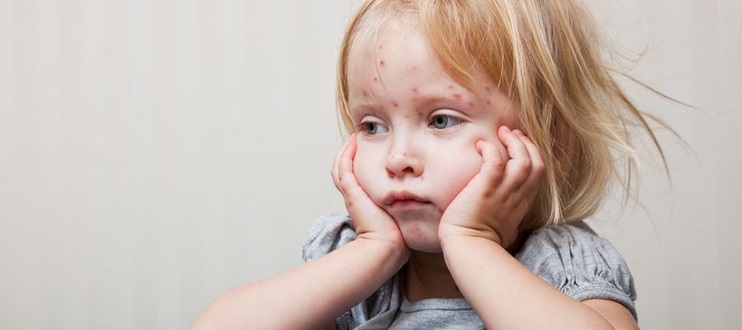

 Back to Suggested Publications
Back to Suggested Publications

This week, WAidid suggests "A Measles Outbreak in an Underimmunized Amish Community in Ohio", an article published on NEJM describing epidemiologic features of an outbreak of measles in Ohio and exploring the effect of public health responses on limiting the spread of measles.
SUMMARY:
Measles is a highly contagious, vaccine-preventable, disease that can lead to serious complications. Although endemic transmission of measles in the United States (U.S.) was declared to be eliminated in 2000, importations from countries in which measles is still endemic continue to occur. The success of the measles-control program in the U.S. is the result of a high rate of coverage with a safe and efficacious vaccine (the measles–mumps–rubella [MMR] vaccine), combined with the aggressive implementation of control measures once cases are detected.
During 2014, the World Health Organization (WHO) reported that there were 21,403 confirmed cases of measles and 110 measles-associated deaths in the Philippines. In March 2014, a measles outbreak was reported in the U.S., after two unvaccinated Amish men had returned to their U.S. communities from the Philippines. The two source patients showed prodromal symptoms (fever, cough, coryza, conjunctivitis), a generalized red maculopapular rash and thrombocytopenia.
During the outbreak, 573 suspected cases of measles were investigated: 190 (33%) were ruled out, which resulted in 383 confirmed cases. The outbreak affected one of the largest Amish settlements in the U.S.: a total of 380 patients (99%) were Amish and 3 case patients (<1%) were non-Amish, but were epidemiologically linked to them. The duration of the outbreak was 121 days. The age distribution of the case patients shifted during the course of the outbreak. Before May 2014 (the approximate midpoint of the outbreak) 26% of the cases occurred among children and adolescents (5 - 17 years of age) and 48% among young adults (18 - 39 years of age); after May 2014, these rates changed to 52% and 25%, respectively (P < 0.001). Diagnostic testing was performed in 69 of the 383 case patients (18%), and measles was confirmed in 57 of the case patients (15%). The virus strain was genotype D9, which was circulating in the Philippines at the time of the reporting period. Before the outbreak, 340 case patients (89%) were unvaccinated. An incident command system was established: 10,644 persons received MMR vaccination, case patients were isolated, and nonimmune persons, who were exposed, were voluntarily quarantined. The authors concluded that the outbreak served as a reminder that measles remains endemic in many countries and that unvaccinated U.S. residents, who return from abroad, continue to place themselves and others at risk for measles. They stressed that communities, that object vaccination, are at increased risk for the spread of measles, while the high baseline vaccination coverage in the general community was probably effective against further spread of measles. The authors reported that measles attack rates were 1.5 to 1.9 times higher among persons younger than 40 years of age, than among those 40 to 54 years of age, which suggests that older age groups had previous natural immunity. Moreover, they stated that unvaccinated young mothers had a high probability of remaining susceptible to measles and therefore they had less possibility to transfer protective antibodies to their neonates.
The authors concluded that earlier recognition of the source of infection might have led to better measles control, highlighting the relevance in identifying the appropriate timing of testing suspected people.
AUTHORS:
Paul A. Gastañaduy, Jeremy Budd, Nicholas Fisher, Susan B. Redd, Jackie Fletcher, Julie Miller, Dwight J. McFadden, III, Jennifer Rota, Paul A. Rota, Carole Hickman, Brian Fowler, Lilith Tatham, Gregory S. Wallace, Sietske de Fijter, Amy Parker Fiebelkorn, and Mary DiOrio